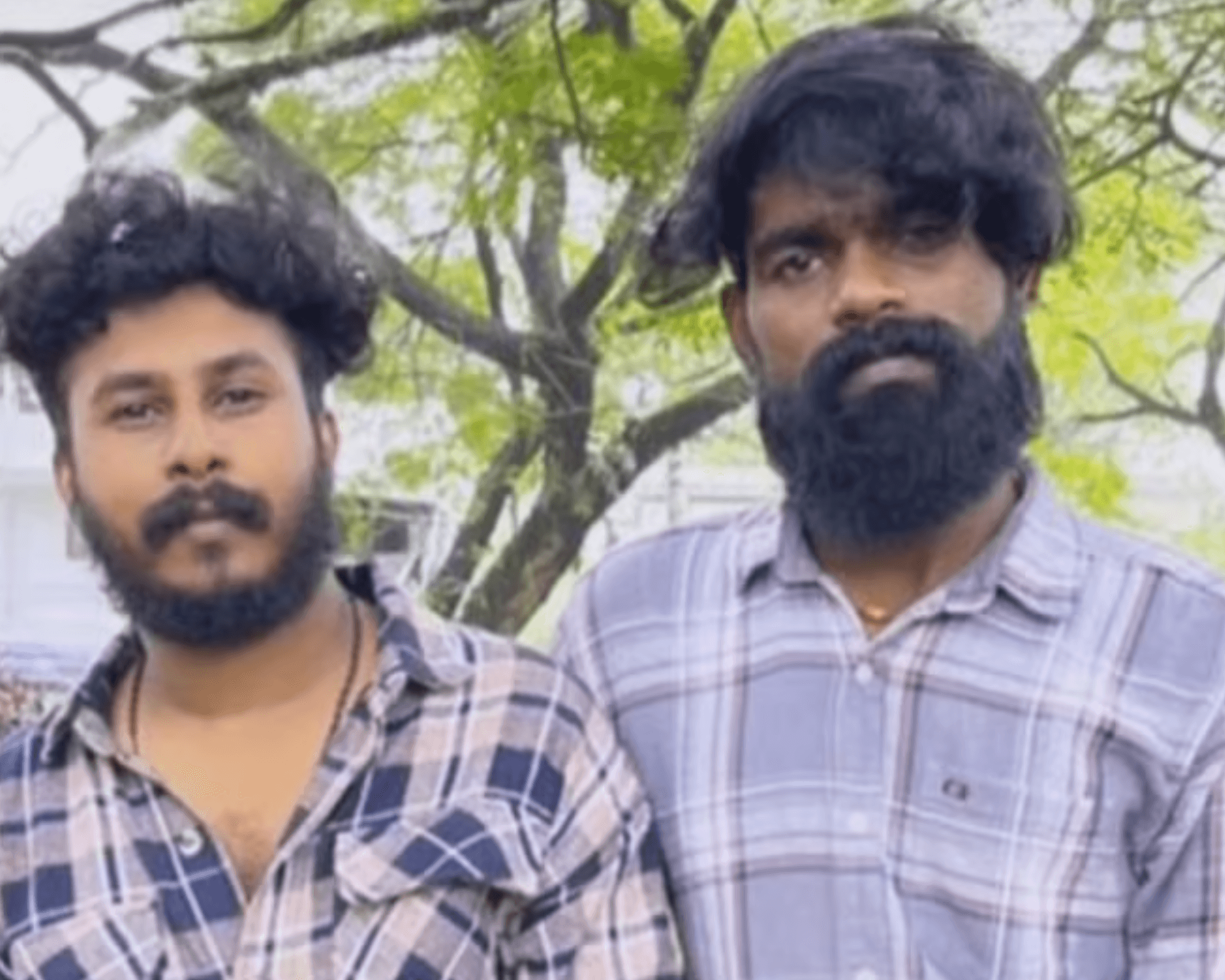She looks beautiful dressed in a bright, pink kanjeevaram saree.
Her face is brightened with an unburdened smile. The kind that brights up a place. Her lips are painted in a striking crimson colour. Her hair, tied up in a womanly bun with a jasmine and rose gajra in place.
She strikes a regal, feminine pose as the camera gets ready to capture her beauty.
And through the lens, in that moment, she becomes Mayamma, the mother of all illusions. The beautiful Indian drag queen.
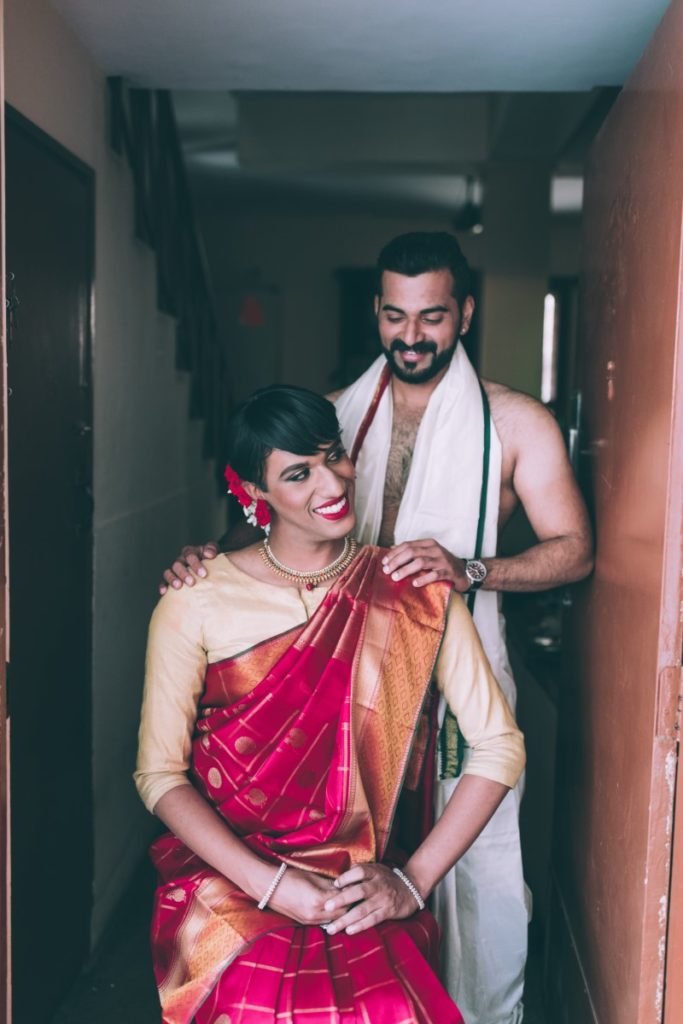
In India, drag is still a taboo.
A country where Section 377 still criminalises a person’s sexuality, drag remains uncharted territory. But there are a few who are breaking that taboo. And by doing that, they are opening the door for others who are just as passionate.
One man who is at the forefront of this movement is Alex Matthew.
He was just another 28-year-old communications professional, living in Bengaluru, when he came out to his parents as drag. To come out as gay is hard enough in this country. But to tell your parents you have a fluid sexuality and you like dressing as a woman is a different ballgame altogether!
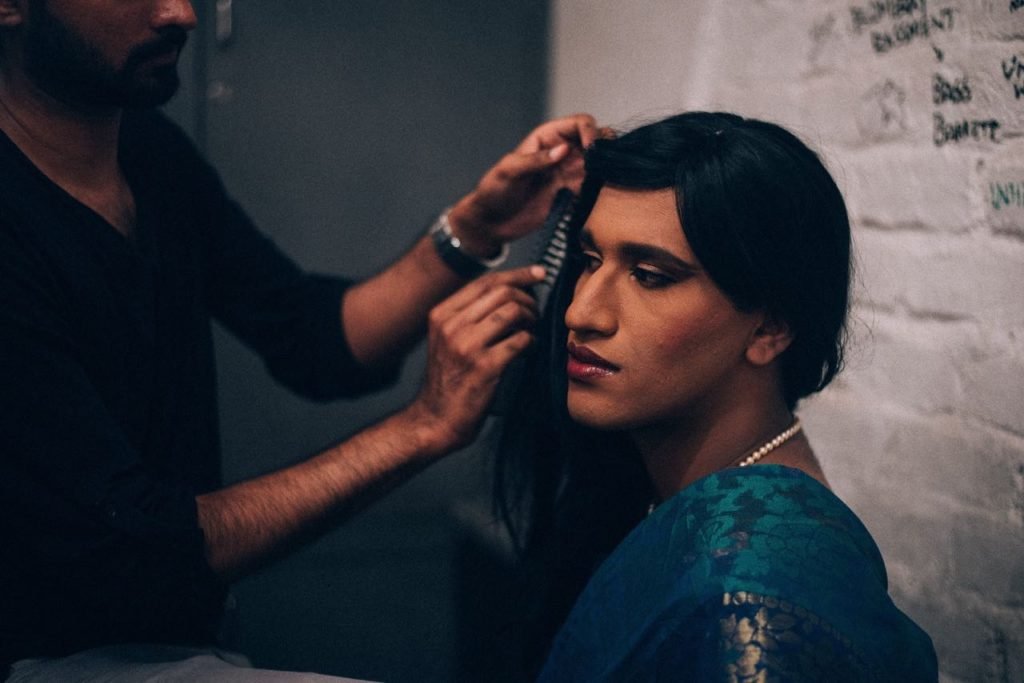
But he did and for his first public performance as a drag queen, her mother gave him her own saree to wear. Since then, there has been no looking back for Alex. He has embraced his identity as a drag performer and is now a regular at the Humming Tree in Bengaluru.
If you look up the etymology of the word drag, this is the definition you’ll get:
‘women’s clothing worn by a man, said to be 1870 theater slang, from the sensation of long skirts trailing on the floor. ‘
To give you some history on the etymology, let’s revisit some crazy rules of the era gone by.
In ancient Greece, women were forbidden to take part in any sort of dramatic performances as it was deemed dangerous.
It was the same in Britain. When Shakespeare was at the peak of his career, men played all the female characters because women were strictly restricted to viewing only. However, in 1660 King Charles lifted the restriction.
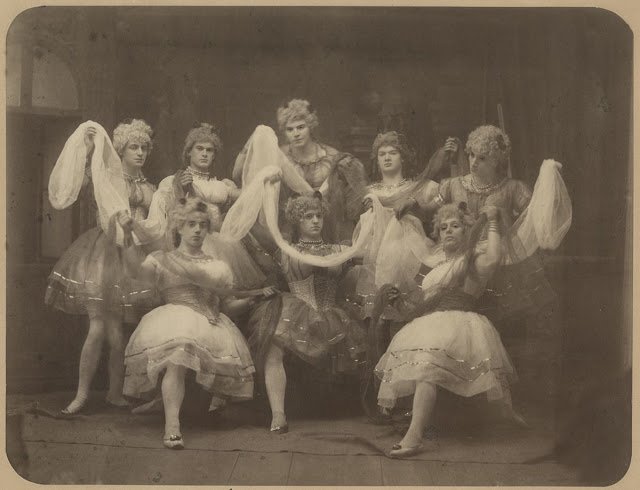
But around the same time, in the far east, Japan instituted the same ban on its female population. In fact, even in India women who acted in plays or had anything to do with entertainment were looked down upon. The famous dance form of Kathakali is still performed by men.
Let’s go back to Britain again. While the restrictions were lifted there, men were still dressing up as females and acting. Thanks to the emergence of a new form of theatre, the pantomime. Pantomime was mainly comedy, but in a far more exaggerated form. Men wore elaborate wigs, did outrageously cake-y makeup, emulated and mocked women for general entertainment. This was boosted, advertised, promoted and sold as the all-age appropriate humour.
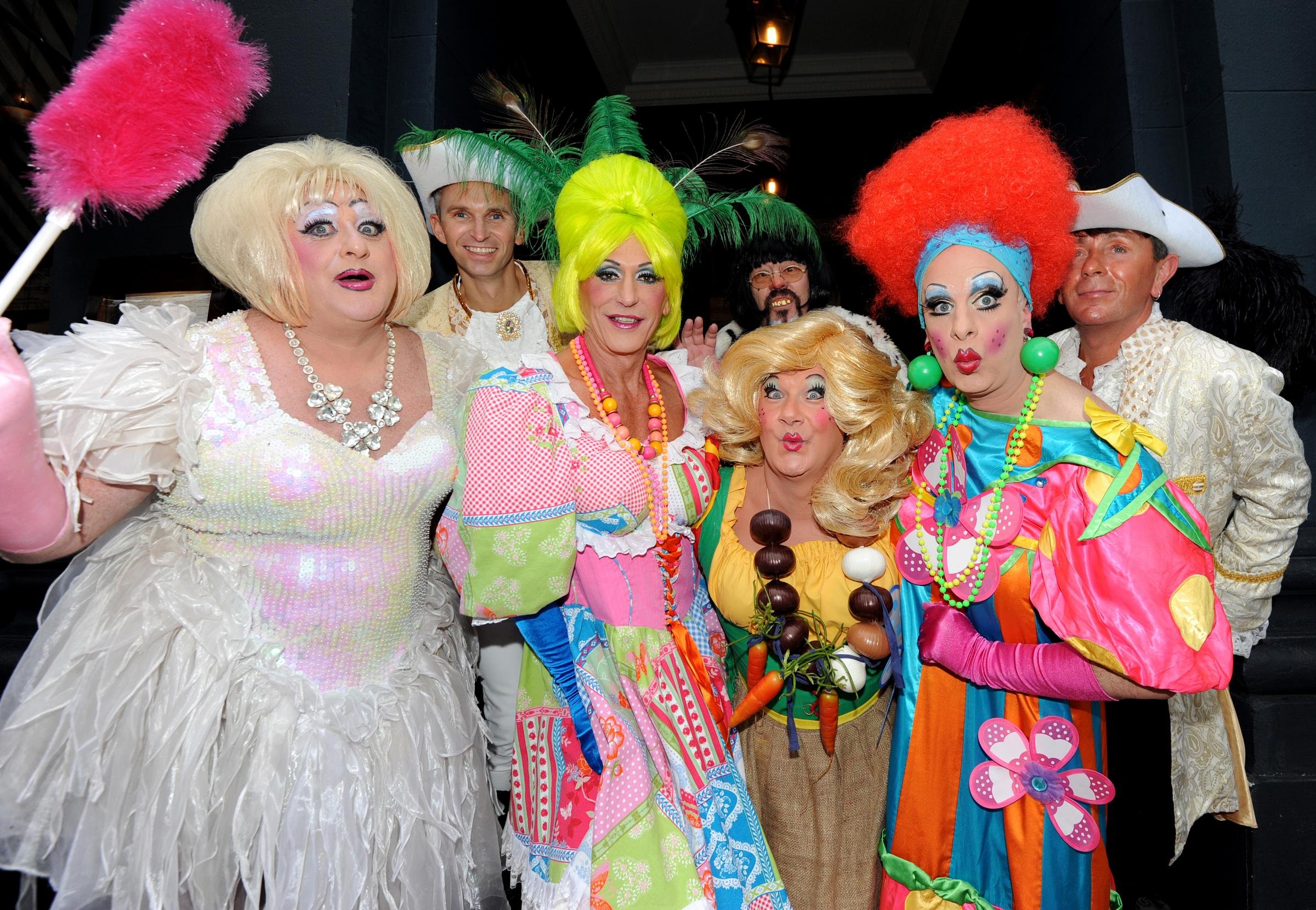
But at the turn of the early 19th century, gay men in Britain and the US started coming out of the closet. Homosexuality became a reality and soon enough the general public started linking drag with being gay. This was the start of a tumultuous time for the LGBTQ population.
By the 1950s, in San Francisco, police started to hunt down gay men. Pro-homosexuality bars and other establishments were kept in check and under strict regulations. They even enforced anti-gay dressing laws in New York that required men to legally wear no fewer than three pieces of male clothing in order to not be arrested for drag.
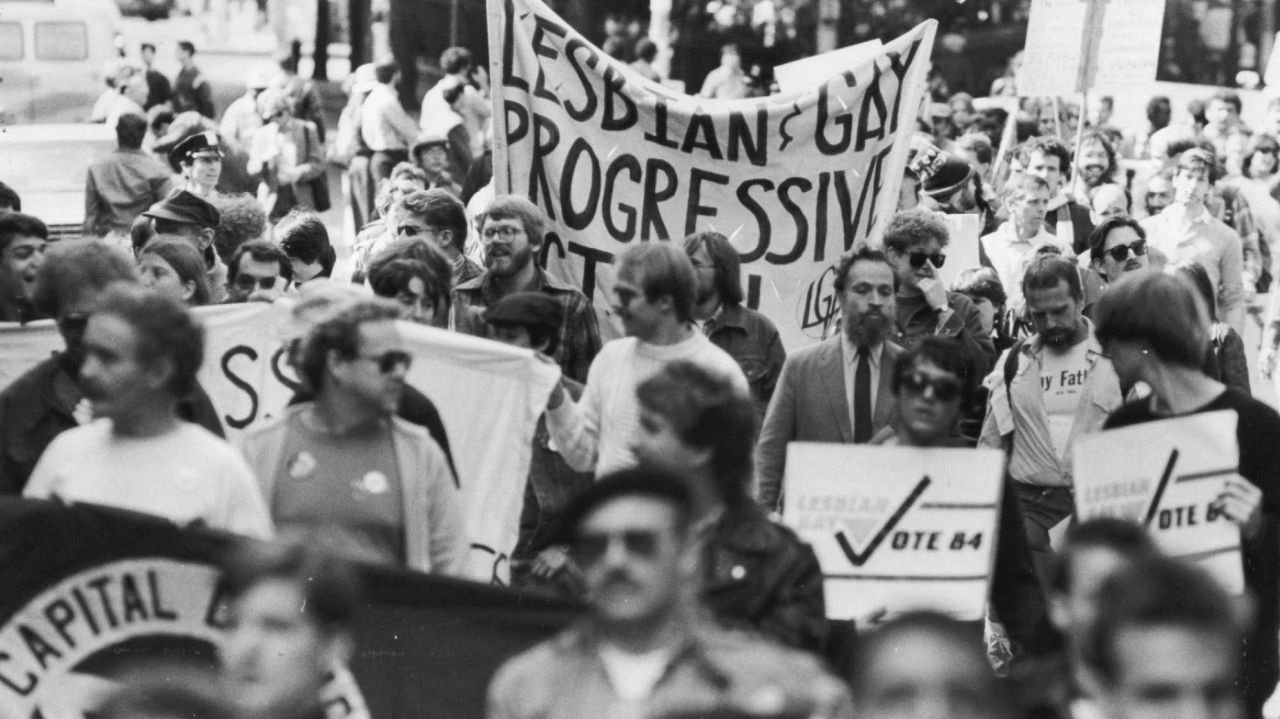
With the intensifying hostility, a need arose for collective class action. And that’s when the Imperial Court System, the first drag organisation sprung up to action. Throughout the fight for gay rights, they were at the forefront, organising fetes, protests and even drag balls in support of the LGBTQ movement.
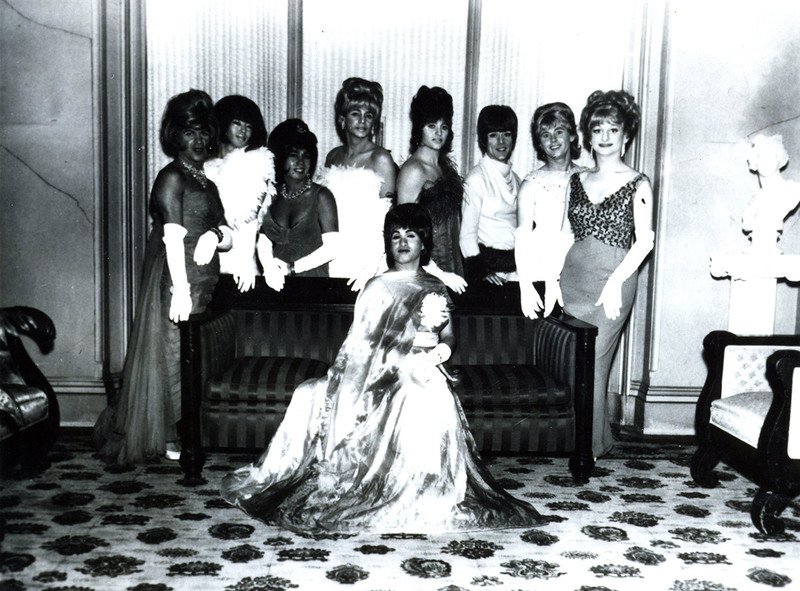
However, at the same time, drag queens were considered to be beneath the general LGBTQ population. Their ostentatious dressing, their exaggerated get up, their loud makeup gave them a bad rep for some reason. They became pariahs.
You see, not all drag queens are gay. They’re just straight men who take on a female persona either for entertainment or to be able to express themselves better; to act out. They were considered to be a parody; an anomaly, until Ru Paul’s Drag Race came into the scene.
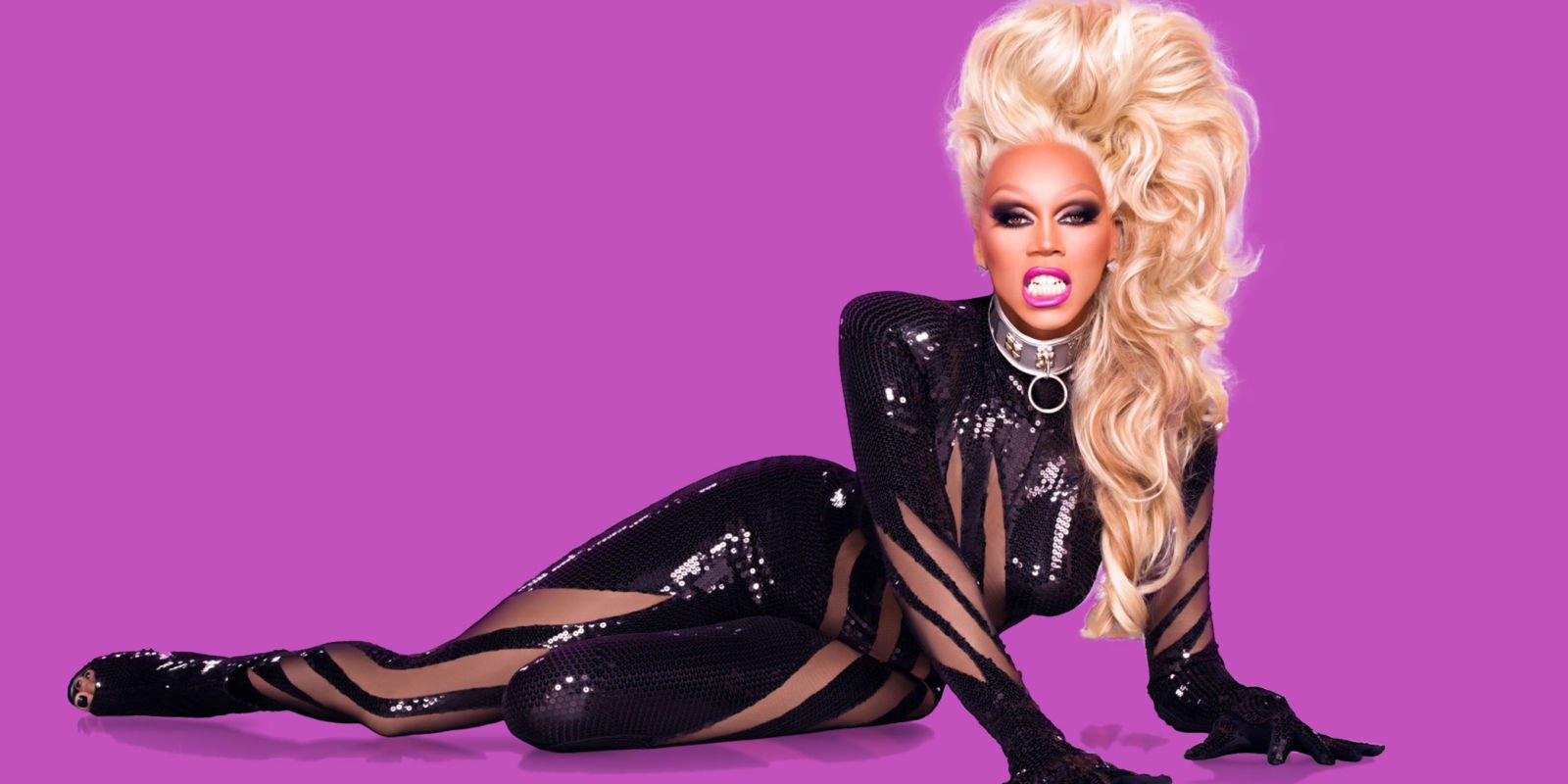
The most famous and the most recognisable face of drag now is RuPaul. She models, she writes, she sings and she basically does everything else too. To give her some credit for the visibility and acceptance of drag queens in contemporary culture wouldn’t be unfair. After all, it was RuPaul Drag Race that educated the world about drag queens.
But if the foundation wasn’t laid down by drag queens like Empress José I, Divine, Doris Fish, Danny La Rue and many more like them, the current generation of drag queens wouldn’t have enjoyed the rights they have today.
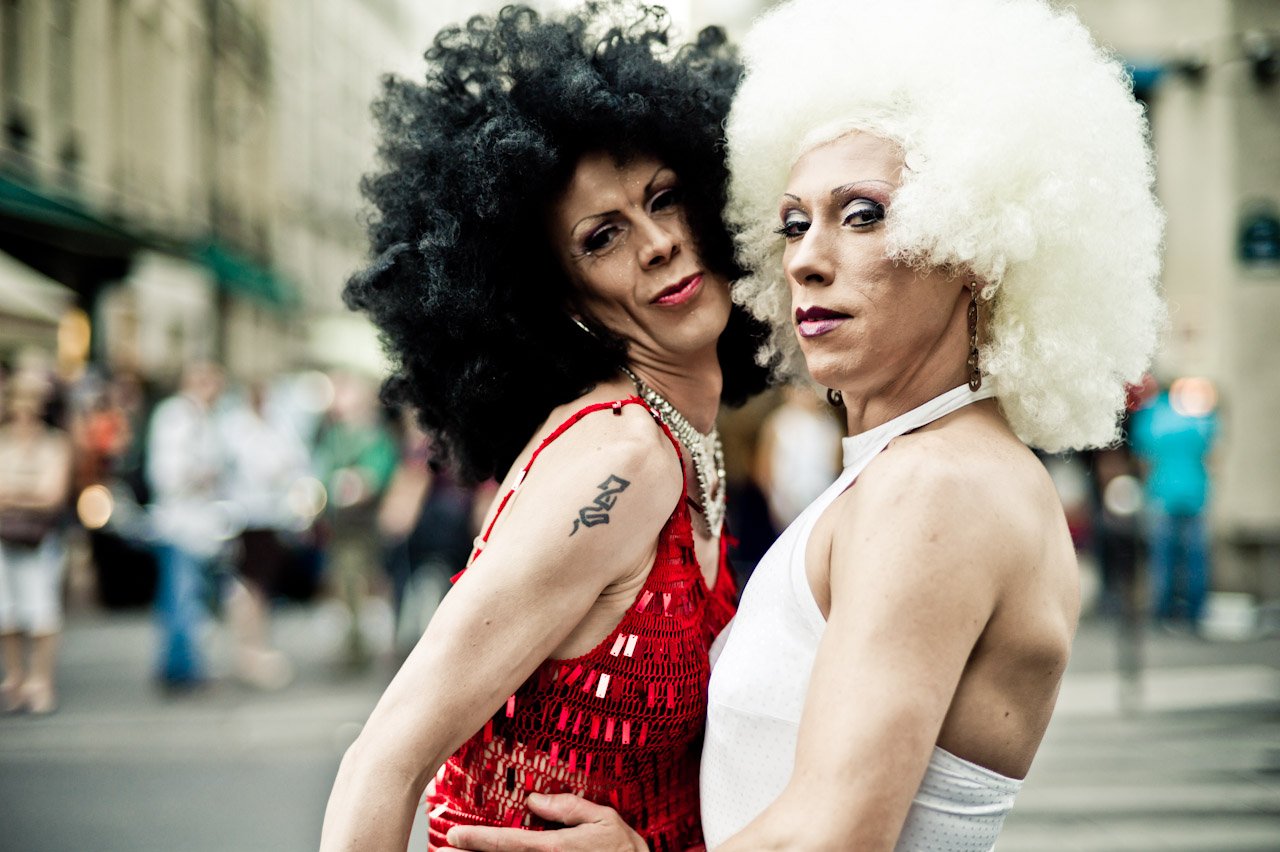
With history revisited and everything else said, you’ll be surprised to know that drag queens are still repressed. They still fall under the grey area because they’re neither transgenders nor are they necessarily, gay men. Their way of life being theatrical, they’re still ostracized.
They are still largely looked down upon and are still constantly subjected to ridicule.
While a male hero donning a woman’s clothes, playing a female character on the silver screen amuses us, the same person’s choice to be a drag in real life will alarm us. It will put us out of our wits.






